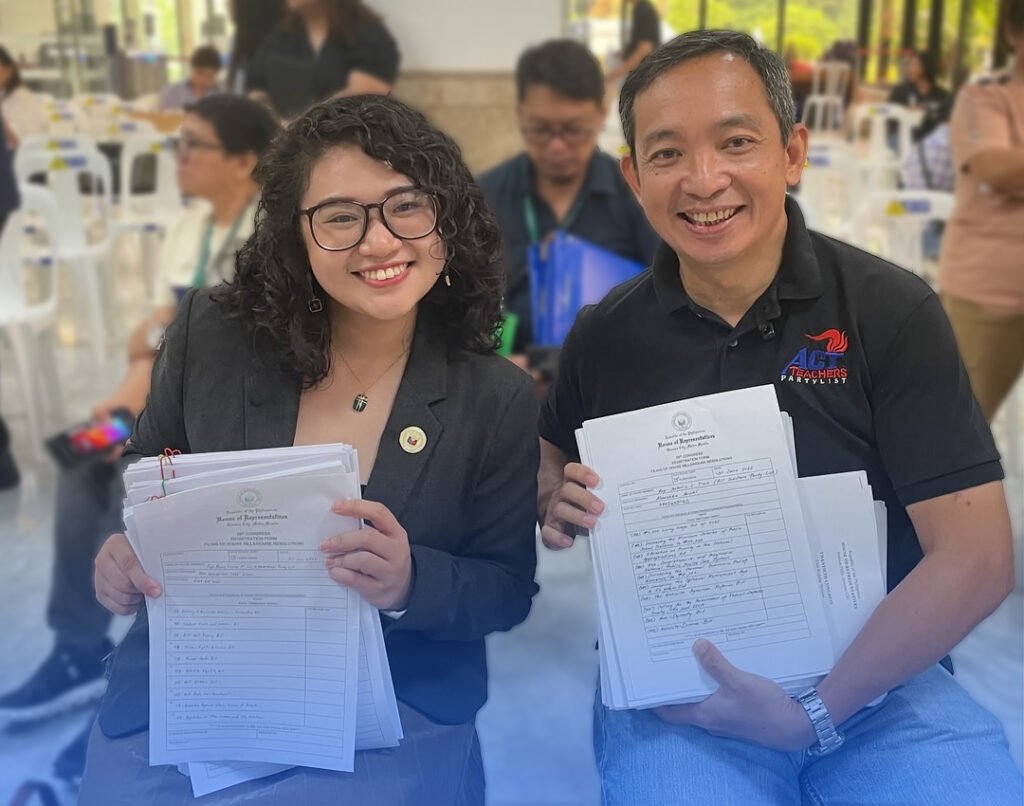HINILING ni Senator Cynthia A. Villar sa mga senador na suportahan ang kanyang panukalang batas na gawing “Abaca Capital of the Philippines” ang Catanduanes na nasa Bicol Region.
Bilang Chairman ng Committee on Food, Agriculture and Agrarian Reform, iprinisinta ni Villar noong Lunes para sa approval ang Committee Report No. 272 sa Senate Bill No. 1978, na ikinokonsidera ang H.B No. 6149) na may titulong, “An Act Declaring the Province of Catanduanes as the Abaca Capital of the Philippines.”
“I call for everyone’s enthusiasm and cooperation so that our abaca industry will grow even more better. The Philippines has long been known to be the leading producer of abaca for several years now,” ayon kay Villar.
Iginiit niya na ang Catanduanes ang nangunguna sa abaca production sa bansa. Ito ay may kontribusyon na 31.72% produksyon ng abaca noong 2020; 33.74% noong 2019 at 33.37% noong 2018.
Ayon kay Villar, 80% ng abaca production ng Bicol region ay nanggaling sa Catanduanes . May 21,500 ektarya ng lupa rito ang nakalaan sa abaca planting.
“Farming is one of the major livelihoods in the Philippines and abaca farming is the source of livelihood of about 200,000 farming families in 56 provinces in the Philippines,” sabi pa ni Villar.
Nangunguna ang Pilipinas sa global abaca trade dahil ito ang nagsusuplay ng 87.5% abaca fiber requirements ng mundo. Ang Ecuador at Costa Rica ang pinagkukunan ng 12.5% base noong 2016.
“Through this bill that I am sponsoring, I wish to celebrate the hard work and perseverance of our abaca farmers in Catanduanes, who despite experiencing the strongest typhoons on a yearly basis remain strong and continue to persevere,” ayon kay Villar.
“To recognize the hardship and efforts of our abaca farmers from Catanduanes, and for them to serve as inspiration to more farmers in the country, I call on my colleagues to support this measure,” dagdag pa niya.
Kinikilala ng United Nations na “future fiber,” sinabi ni Villar na madalas gamitin ang abaca sa paper products, subalit gamit din ito sa mga tela.
Sa maraming dekada, ginagamit ng mga Pilipino ang abaca na textile fiber para sa mga damit at sa pagdadala nito, sa lubid at tali at fishing nets.
Bilang pinakamatibay na natural fiber sa buong mundo, gamit din ang abaca sa ‘soft’ application sa automotive industry bilang “filling material” sa bolster at interior trim parts. Kahit ang Mercedes Benz, gamit din nito ang mixture ng abaca yarn sa kanilang automobile parts.
“According to the Food and Agriculture Organization (FAO) of the United Nations, Abaca fibers are considered the best replacement for glass fibers as a strengthening agent in multiple automotive parts. It can reduce the weight of automotive parts and facilitates more environment-friendly production and recycling of parts,” ani Villar.
Bukod sa iba’t-ibang gamit ng abaca dahil sa tibay nito, sinabi ni Villar na nakatutulong din ang abaca fiber sa pagtugon sa environment-friendly material kaya hindi na kailangan pang gumamit ng plastik. (ESTONG REYES)
 228
228




